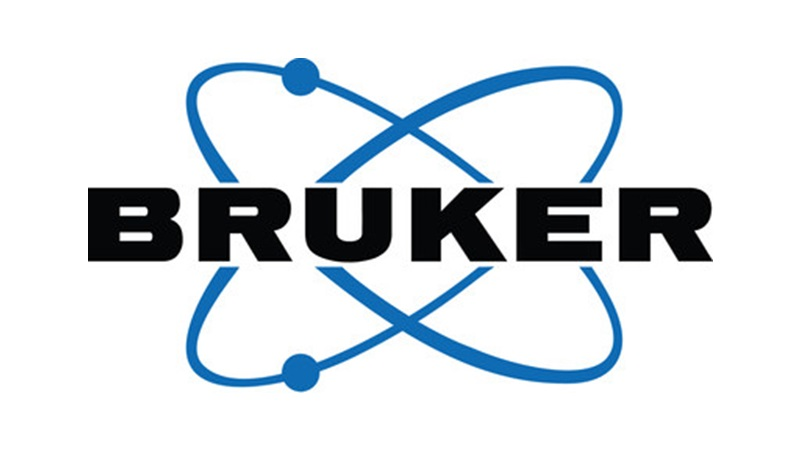|
14th Annual Symposium Physics of Cancer Leipzig, Germany Oct. 4 - 6, 2023 |
PoC - Physics of Cancer - Annual Symposium |
|
|
Invited Talk
Biomaterials in cancer dormancy and early metastasis
Biodonostia Health Research Institute, Group of Bioengineering in Regeneration and Cancer, Paseo Doctor Begiristain s/n I 20014 Donostia-San Sebastián, I Guipúzcoa I, Spain
Contact: | Website
Resected solid cancers frequently relapse with distant metastasis, despite systemic treatment. Cellular quiescence has been identified as an important mechanism underlying such drug resistance. Nonetheless, the rarity and complexity associated with detection, isolation and analysis of disseminated tumor cells (DTCs) in disease-free patients, have prompted researchers to find artificial means to mimic this asymptomatic state. To do so, we genetically modified human breast cancer cell lines with fluorescence ubiquitination cell cycle indicator-2 (FUCCI2) and encapsulated them in covalently-crosslinked, norbornene-modified 3D alginate hydrogels. Monitoring single-cell cycle progression over days revealed that 3D mechanical confinement selects for distinct populations of growth-arrested cells, as a function of the expression level of the DNA replication factor cdt1. Furthermore, combining cell cycle dynamics with correlative viability staining revealed cells in the G0/G1 phase to be substantially more resistant to 3D mechanical confinement as opposed to cells in the S/G2/M phase. In addition, RNA sequencing analysis revealed that mechanically-induced cell cycle arrest enriches for DNA damage and inflammatory-associated signaling pathways, as recently reported for patient-derived DTCs. Such response is mediated by stiffness-dependent nuclear localization of the cyclin-dependent kinase inhibitor p21Cip1/Waf1, leading to different expression levels of the proliferation marker Ki67. Importantly, preventing p21 nuclear translocation by silencing upstream transcription factors resulted in higher Ki67 expression and sensitization of cells to chemotherapy. Despite its simplicity, we show that mechanically-induced cell cycle arrest recapitulates several aspects of patient-derived DTCs and could enable systematic screens for novel compounds against dormant cancer cells.
Synthetic cell microenvironments obtain inspiration from in vivo mouse models of breast cancer bone metastasis. Breast cancer often metastasizes to bone and causes osteolytic lesions. Extracellular matrix (ECM) structural and biophysical changes are rarely studied, but are hypothesized to influence metastasis onset and progression. My group has recently established a mouse model of breast cancer bone metastasis and in vivo microCT-based time-lapse morphometry to quantify dynamic bone structural changes. Initial data indicates that this model now enables us to visualize cancer cells from homing to the bone, to the onset of early lesions, using time-lapse in vivo microCT, tissue clearing and 3D light sheet fluorescence microscopy (LSFM). In vivo microCT reveals altered bone remodeling in the absence of detectable bone lesions, suggesting an early systemic effect of cancer cells. With LSFM, we show for the first-time evidence of heterogenous spatial distribution of cancer cells, small and larger clusters in 3D, in the absence of detectable bone lesions. Immunofluorescence of 2D sections depicts breast cancer cells and small clusters based on eGFP+ fluorescence, and their proliferative status with Ki67 marker. With a newly developed image analysis tool, we can detect and track early bone lesions in cortical bone, quantifying their onset, specific location and growth. We characterize the changes in the structural microenvironment around early bone lesions using our well-established workflow of multiscale tissue characterization with backscattered electron microscopy (BSE), confocal microscopy and second-harmonic generation (SHG) imaging, and histology. Despite cancer cells traveling anywhere in the bone marrow, specific locations seem to be prone to form lesions, which could be explained by higher bone (re)modeling in those sites. This combination of in vivo longitudinal imaging and ex vivo multiscale characterization provides novel insight of homing of cancer cells in the bone marrow, their microenvironment and onset of early bone metastatic lesions. Funding: DFG Emmy-Noether Program (CI 203/2-1) |









